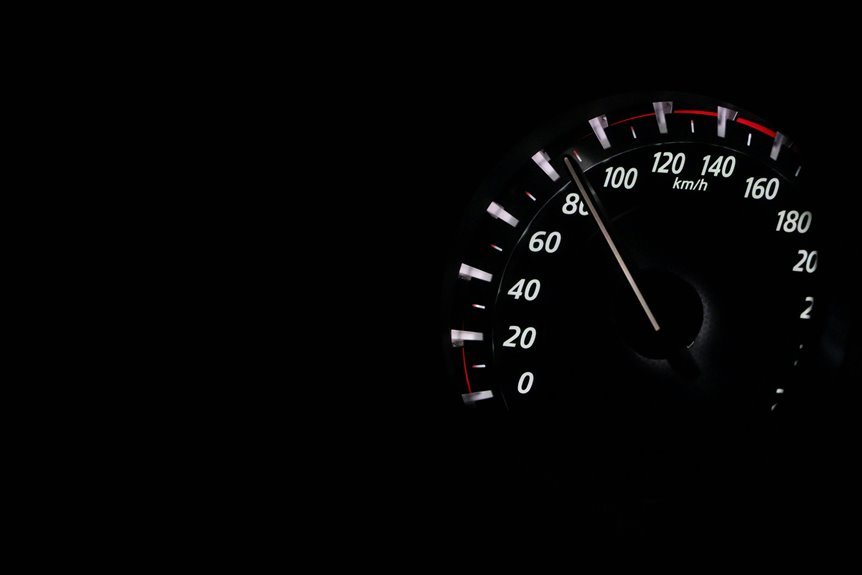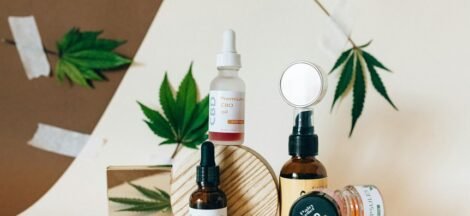The question of whether one can drive after taking CBD is complex. Individual reactions to CBD can vary significantly, with some users reporting increased calmness while others may feel more focused. Additionally, legal frameworks surrounding CBD use differ by state. Understanding these nuances is essential for making informed decisions about safety on the road. What factors should be considered before getting behind the wheel after CBD consumption?
Understanding CBD and Its Effects on the Body
Although CBD, or cannabidiol, is derived from the cannabis plant, it does not produce the psychoactive effects commonly associated with marijuana.
Instead, CBD effects are known to promote relaxation and alleviate anxiety without altering perception.
The body response to CBD varies among individuals, often enhancing overall well-being and supporting a sense of calm, making it an appealing option for those seeking natural relief.
Legal Considerations for Driving After Taking CBD
What are the legal implications of driving after consuming CBD?
CBD regulations vary by state, and individuals must be aware of local driving laws.
While CBD is not typically classified as a controlled substance, the presence of THC can lead to legal issues.
Drivers should ensure they understand the specific laws regarding CBD use to avoid potential penalties or complications while on the road.
Personal Experiences: CBD Users Share Their Stories
How do CBD users perceive their experiences when driving after consumption? Many report feeling calm and focused, attributing this to the positive CBD effects on anxiety and stress.
User experiences vary; some express confidence in their driving abilities, while others prefer caution.
Safety Tips for Driving After Consuming CBD
Many individuals considering driving after consuming CBD should prioritize safety and awareness.
Understanding CBD effects is crucial; they can vary based on dosage and individual tolerance. It's advisable to wait at least two hours post-consumption before driving to ensure any potential impairments have subsided.
Additionally, staying hydrated and avoiding alcohol can enhance driving safety, allowing for a clearer mind and better decision-making on the road.
Conclusion
In summary, assessing the aftermath of CBD consumption is essential for safe driving. While many may feel calm and composed, caution is critical. Comprehending local laws and personal limits can prevent perilous predicaments. By prioritizing patience—waiting a couple of hours post-consumption—drivers can better ensure their safety and that of others on the road. Ultimately, a thoughtful approach to CBD use can lead to a smoother, safer driving experience.





 Does Cbd Help Lower Heart Rate
Does Cbd Help Lower Heart Rate